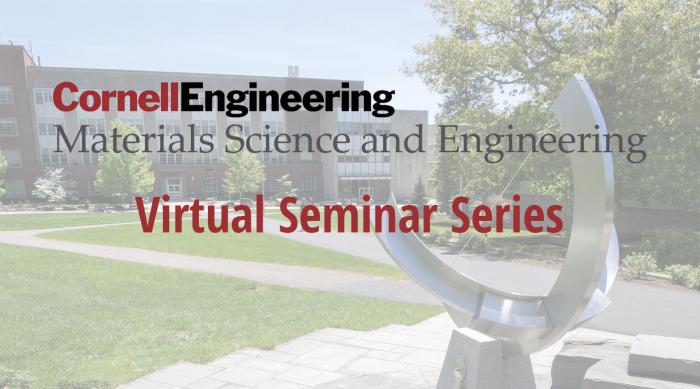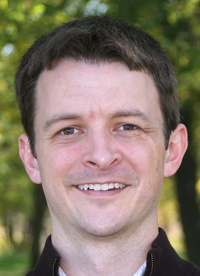
MSE Virtual Seminar: Tim Mueller, Johns Hopkins University
Description
Accelerating materials research through machine learning
Tim Mueller
Johns Hopkins University

Machine learning has the potential to transform computational materials research by accelerating the calculation of material properties by orders of magnitude. I will present two examples of how this can be done at the atomic scale. In the first, I will demonstrate how machine learning, when combined with the cluster expansion approach, can be used to create highly accurate models of complex substitutional alloys. I will present several applications of this approach to problems in catalysis, including the prediction of the structures and properties of ternary alloy nanoparticles and the construction of novel catalytic activity maps of alloy phase diagrams. Such catalytic activity maps can be used to rapidly identify the synthesis conditions that are likely to produce highly stable and active catalysts, an important step towards rational catalysis design. In the second example, I will demonstrate how machine learning, in the form of symbolic regression, can be used to develop accurate and transferable many-body interatomic potential models that are as fast as the embedded atom method, making them suitable to model materials on extreme time and length scales. The key to our approach is to explore a hypothesis space of models based on fundamental physical principles and to select models from this hypothesis space based on their accuracy, speed, and simplicity. We demonstrate our approach by developing fast and accurate interatomic potential models for copper that generalize well to properties they were not trained on. Our approach requires relatively small sets of training data, making it possible to generate training data using highly accurate methods at a reasonable computational cost. Finally, I will discuss improved methods and tools for k-point generation that accelerate calculations on crystalline materials by about a factor of two relative to the use of Monkhorst-Pack grids. This approach has the potential to save researchers millions of dollars per year in computing costs.
For Webinar information please contact Kyle Page (kmp265@cornell.edu)

